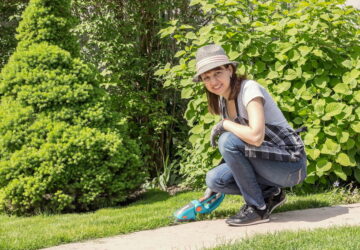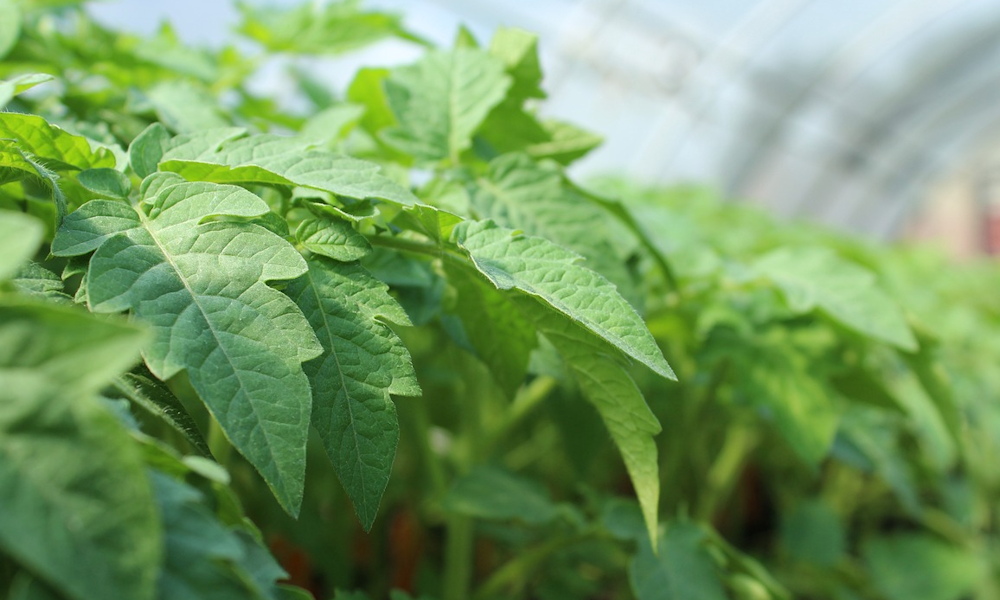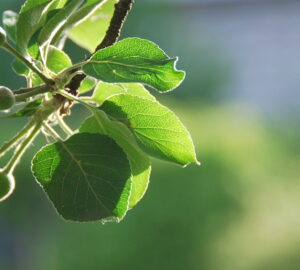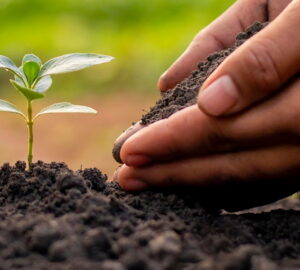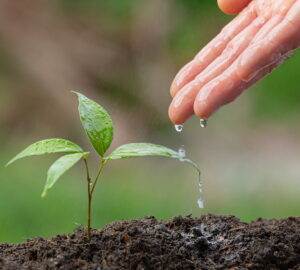Tomatoes are one of the most beloved and versatile vegetables in the garden, cherished for their juicy taste and culinary versatility. However, ensuring a bountiful tomato harvest requires careful attention to detail during the planting process. Here are the top 11 mistakes gardeners make when planting tomato seedlings, along with what they should have done instead.
Transplanting Too Early
Mistake: It’s tempting to get a head start on the growing season by planting tomato seedlings as soon as the weather starts to warm up. However, rushing to transplant tomato seedlings outdoors before they are adequately hardened off can shock the plants and stunt their growth.
Solution: Gradually acclimate tomato seedlings to outdoor conditions over the course of 7-10 days before transplanting. Start by placing them in a sheltered spot outdoors for a few hours each day, gradually increasing the exposure to sunlight and outdoor elements. This helps the seedlings adjust to the outdoor environment and reduces the risk of transplant shock.
To ensure successful transplanting of tomato seedlings, it’s crucial to wait until the conditions are just right. First and foremost, monitor the soil temperature diligently. Aim to plant when the soil consistently registers at least 60°F (15°C), a temperature conducive to healthy growth. Utilizing a soil thermometer can assist in accurate assessment. Moreover, consider the external environment; only transplant seedlings after the danger of frost has passed and nighttime temperatures stay reliably above 50°F (10°C). This meticulous timing ensures optimal conditions for the seedlings to thrive once transferred outdoors.

Neglecting Adequate Light
Mistake: Underestimating the importance of adequate light for tomato seedlings once transplanted into the garden can result in diminished growth and yield.
Solution: Choose a sunny location in the garden for planting tomato seedlings, preferably with at least 6-8 hours of direct sunlight per day. Avoid areas shaded by trees, buildings or other tall structures that may obstruct sunlight. If necessary, prune nearby vegetation to maximize light exposure. Providing sufficient light in the garden encourages robust photosynthesis, ensuring healthy plant development and abundant fruit production.
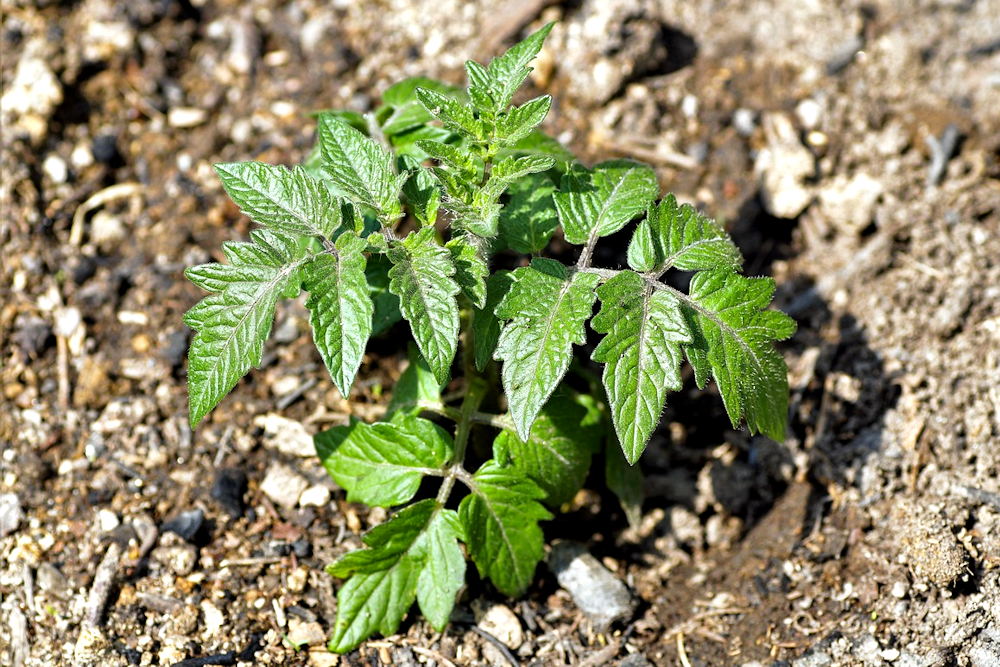
Neglecting Proper Spacing
Mistake: Crowding tomato plants too closely together can lead to competition for nutrients, sunlight and air circulation, resulting in stunted growth and decreased yield.
Solution: Follow spacing recommendations for the specific tomato variety being planted. Typically, indeterminate varieties require 18-24 inches (45-60 cm) between plants, while determinate varieties can be spaced slightly closer, around 12-18 inches (30-45 cm) apart.

Skipping Soil Preparation
Mistake: Planting tomato seedlings in unamended soil lacking essential nutrients can hinder their growth and development.
Solution: Prior to planting, amend the soil with organic matter such as compost or well-aged manure to improve soil structure, fertility and drainage. Conducting a soil test can also help identify any nutrient deficiencies that need to be addressed.
Improper Planting Depth
Mistake: Burying tomato seedlings too deep or too shallow can impede root development and stunt growth.
Solution: Plant tomato seedlings deep enough so that only the top few sets of leaves are above the soil surface. This encourages the development of a strong root system and provides stability for the plant.
Overwatering (or Underwatering)
Mistake: Inconsistent watering practices, whether overwatering or underwatering, can stress tomato plants and lead to issues such as blossom end rot or root rot.
Solution: Water tomato plants consistently, aiming to keep the soil evenly moist but not waterlogged. Mulching around the base of the plants can help retain moisture and regulate soil temperature.
Watering Tomato Seedlings from Above
Mistake: Watering tomato seedlings from above, especially with a strong stream of water, can lead to soil compaction, soil splashing onto foliage, and increased risk of fungal diseases such as damping off.
Solution: Water tomato seedlings at the base of the plants, directing the water towards the soil rather than onto the foliage. Use a gentle stream of water or a watering can with a fine rose attachment to minimize soil disturbance. Alternatively, consider installing drip irrigation or soaker hoses to deliver water directly to the root zone while keeping foliage dry. This approach reduces the likelihood of disease and promotes healthy root development for thriving tomato plants.

Failing to Provide Support
Mistake: Neglecting to provide adequate support for tomato plants can result in sprawling growth, broken stems and reduced air circulation, increasing the risk of disease.
Solution: Install stakes, cages or trellises to support tomato plants as they grow. This keeps the plants upright, promotes better airflow and makes harvesting easier.
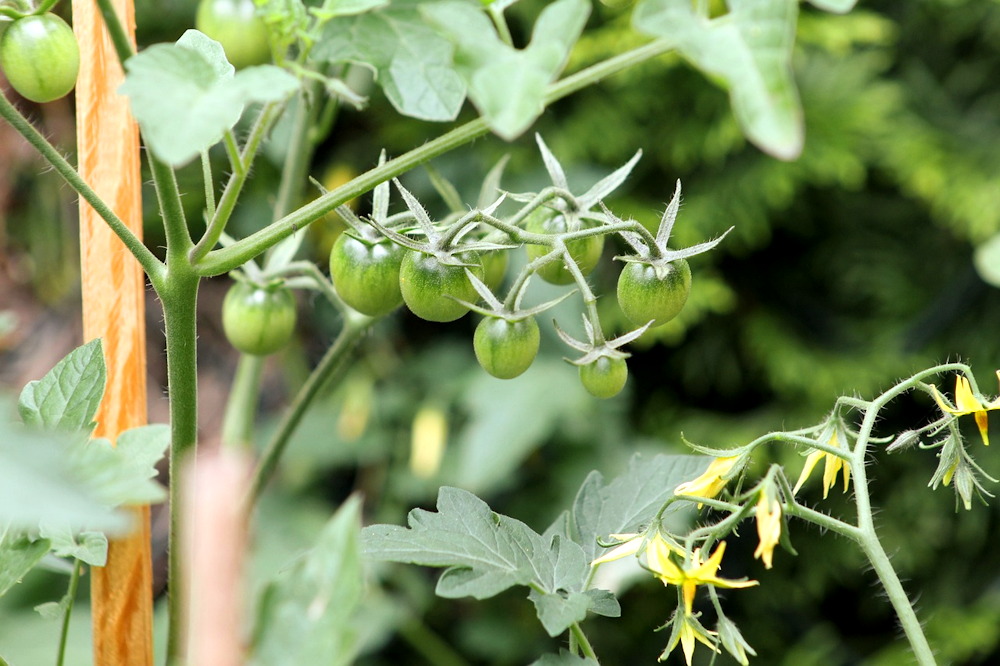
Ignoring Pruning
Mistake: Allowing tomato plants to grow unchecked can lead to overcrowding, reduced sunlight penetration and increased susceptibility to diseases.
Solution: Regularly prune tomato plants by removing suckers (the small shoots that form in the leaf axils) to encourage better airflow and fruit production. Indeterminate varieties may require more extensive pruning than determinate varieties.
Forgetting to Fertilize
Mistake: Failing to provide tomato plants with adequate nutrients throughout the growing season can result in weak, underperforming plants.
Solution: Feed tomato plants regularly with a balanced fertilizer formulated specifically for tomatoes. Avoid over-fertilizing, as this can lead to excessive foliage growth at the expense of fruit production.
Ignoring Pest and Disease Management
Mistake: Neglecting to monitor for pests and diseases can lead to widespread damage and reduced yields.
Solution: Stay vigilant for signs of common tomato pests and diseases, such as aphids and early blight. Implement integrated pest management strategies, including cultural practices, organic pesticides and disease-resistant varieties.
By avoiding these common mistakes and following best practices for planting and caring for tomato seedlings, gardeners can enjoy a bountiful harvest of delicious, homegrown tomatoes throughout the growing season. With attention to detail and a little TLC, the rewards of a thriving tomato garden are well worth the effort. Happy gardening!


